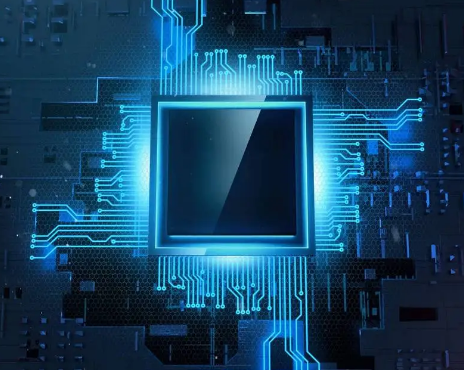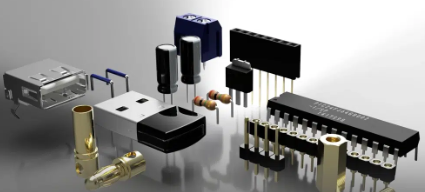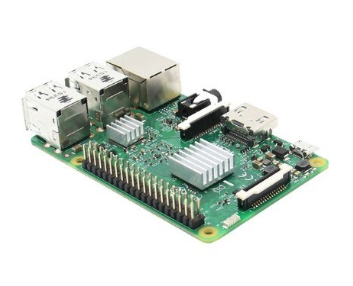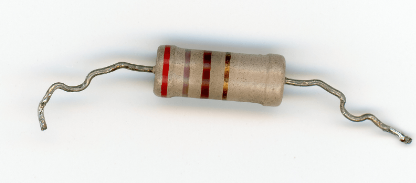Exploring new materials for future electronics
Imagine a world where our electronic devices are smarter and faster, lighter, more flexible, and capable of pushing the boundaries of what we thought was possible.

Examining the research underway in electronics materials provides a keyhole view into what may be possible in future electronics design. Although some of this research will not end up in commercial products, it does provide an indication of the kinds of problems that are being addressed, how they are being approached, and where the research dollars are being spent.
Designers and manufacturers from many industries are facing new challenges as they develop next-generation products while working to fulfill evolving consumer needs. With a broad portfolio of electronics materials and global technical expertise, we are ready to deliver on today’s needs and collaborate with you on tomorrow’s challenges. Together we can help you achieve faster processing, higher purity, higher conductivity and more sustainable solutions across the entire electronics value chain.
· Semiconductor, novel display and printed circuit board applications: Providing high purity, low metal, consistent quality solvents, amines, chelants, and surfactants for photo resist, color resist, etchant, stripper and thinner applications
· Silicone solutions for display applications: Offering optically clear silicone resins (OCRs), including UV cure and other cure systems for displays, silicone thermal conductives for heat management in displays, as well as materials for assembly and protection
· Electronic and advanced modules/systems applications: Delivering solutions for electronic modules, sensors and components used across segments in the electronics industry – including silicone and polyurethane sealants, adhesives, thermal and electrical conductives, electromagnetic interference (EMI) conductives, conformal coatings, gels and encapsulants that protect against heat, moisture, contamination and vibration
· Energy applications: Delivering heat transfer and cooling fluids to protect a wide variety of electronics from damaging heat
· Printed circuit board assemblies: Delivering an industry leading line of gels and pottants, thermally conductive materials, optically clear materials, conformal coatings and encapsulants to enable compact devices and help draw heat away from sensitive components
· Battery and e-mobility applications: Providing cathode, anode, slurry, coatings, electrolyte, thermally conductive interface materials, foams, gels, and assembly materials like adhesives or sealants for battery, inverter, electric motor, on-board charger and other applications
While the prospect of technological use is still far off, this new material opens up new avenues in the exploration of very high-speed electromagnetic signal manipulation. These results can also be used to develop new sensors. The next step for the research team will be to further observe how this material reacts to high electromagnetic frequencies to determine more precisely its potential applications.
在线留言询价
- 一周热料
- 紧缺物料秒杀
| 型号 | 品牌 | 询价 |
|---|---|---|
| TL431ACLPR | Texas Instruments | |
| MC33074DR2G | onsemi | |
| CDZVT2R20B | ROHM Semiconductor | |
| BD71847AMWV-E2 | ROHM Semiconductor | |
| RB751G-40T2R | ROHM Semiconductor |
| 型号 | 品牌 | 抢购 |
|---|---|---|
| BP3621 | ROHM Semiconductor | |
| STM32F429IGT6 | STMicroelectronics | |
| IPZ40N04S5L4R8ATMA1 | Infineon Technologies | |
| TPS63050YFFR | Texas Instruments | |
| ESR03EZPJ151 | ROHM Semiconductor | |
| BU33JA2MNVX-CTL | ROHM Semiconductor |
- 周排行榜
- 月排行榜
AMEYA360公众号二维码
识别二维码,即可关注


请输入下方图片中的验证码:


























